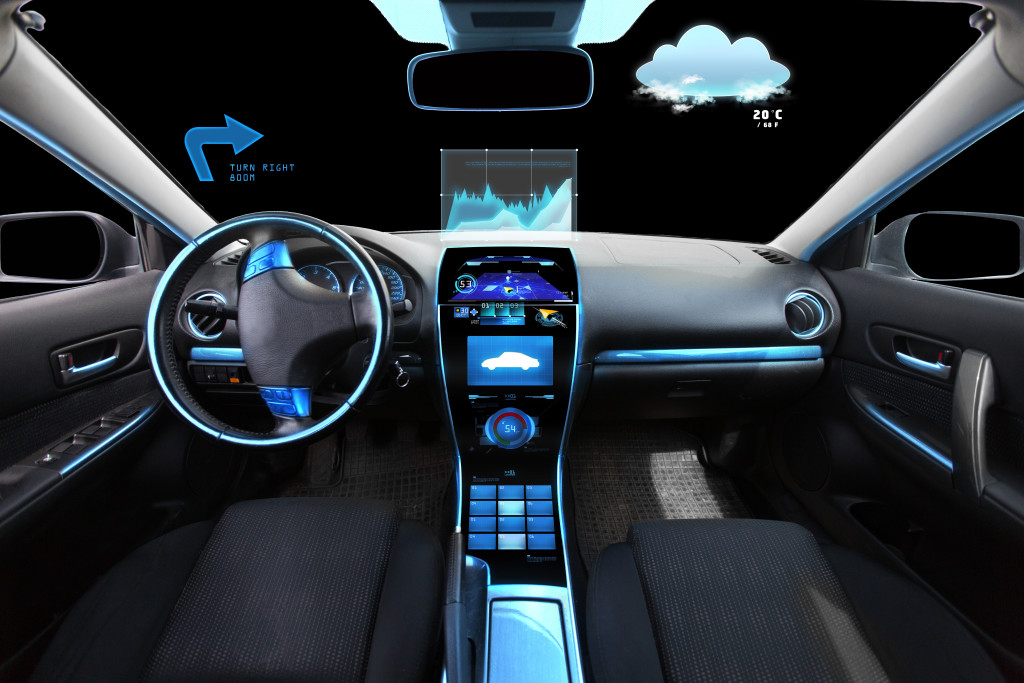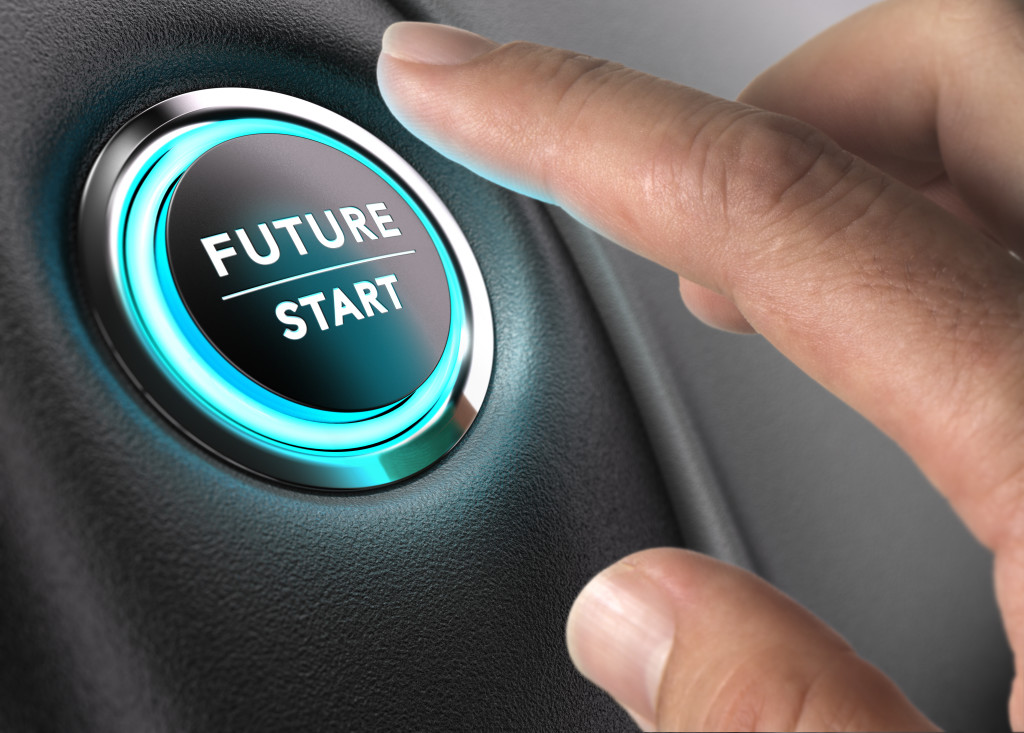 I recently got a gift subscription to Car and Driver magazine from someone who knows I’ve been a car enthusiast since I was a young boy. I’ve never owned a cool car, but I sure like to look at them and read about them. In an editorial column in a recent issue, a senior writer laid out a view of the impact of self-driving vehicles.
I recently got a gift subscription to Car and Driver magazine from someone who knows I’ve been a car enthusiast since I was a young boy. I’ve never owned a cool car, but I sure like to look at them and read about them. In an editorial column in a recent issue, a senior writer laid out a view of the impact of self-driving vehicles.
Google and some of the big car and truck companies have been experimenting with autonomous vehicles for a few years now. The technology has made leaps and bounds and it seems that before too long we’ll all have the option of having our cars drive us to work while we sit in the back and do email – won’t that be great! While I’m enthusiastic about this coming tech change, the Car and Driver writer was more cautious. He quoted a study out of the University of Oxford about the impact of future technology, stating that over the next 20 years that computerization would eliminate nearly half of the jobs in the U.S. By the end of the decade (just 4 years away) they predicted that thousands of truck drivers will be out of work as companies move to automated trucks in more remote areas. The next group to potentially be replaced is the 3 to 4 million truck drivers who now traverse our roads and freeways. Some 200,000 taxi drivers will also be at risk – and that’s after Uber and Lyft get finished with them!
 While the column ended on a note of pessimism, I’ve had a few weeks to ruminate. While there is some cause for concern, I remember similar points being made when the first personal computers were introduced in the 1980’s. The result of this tectonic shift has been the revolutionizing of almost everything we touch. Innovation spiked, invention flourished, time sped up and look where we are now. Sure there aren’t many folks making cathode-ray tube TV’s and rooftop antennas anymore, but now we can watch way too many shows, even create video content and do so from what was once just a phone. Now is the closest thing to being on the bridge of the starship Enterprise.
While the column ended on a note of pessimism, I’ve had a few weeks to ruminate. While there is some cause for concern, I remember similar points being made when the first personal computers were introduced in the 1980’s. The result of this tectonic shift has been the revolutionizing of almost everything we touch. Innovation spiked, invention flourished, time sped up and look where we are now. Sure there aren’t many folks making cathode-ray tube TV’s and rooftop antennas anymore, but now we can watch way too many shows, even create video content and do so from what was once just a phone. Now is the closest thing to being on the bridge of the starship Enterprise.
So what’s my point, especially for marketing strategists? Look at both sides of a coin when you are making your long-range plans. Embrace new ideas, but do so with an eye to the consequences and know that your perception of a positive or negative effect may change as things play out and economies adjust. Also be aware that your messages don’t play in a vacuum – be nimble but know where you are headed.
What time would you like my car to pick you up?

